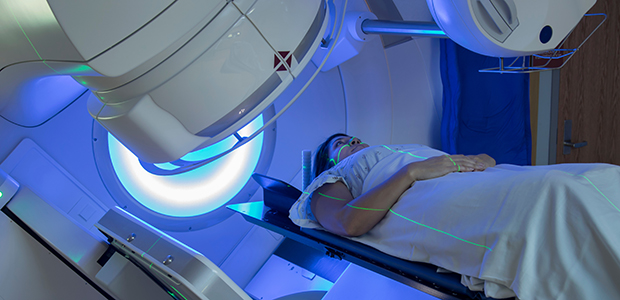Robotic technology has a large part in the UK’s chemical industry in reducing individual’s exposure to ionising radiation, from nuclear decommissioning to synthesis of radiopharmaceuticals.
Cassie Sims
Improvements in robots and robotic technologies has fuelled huge advancements across many industries in recent years. The UK Industrial Strategy has several Sector Deals in which robotic innovations play a role, particularly in Artificial Intelligence (AI), Life Sciences and Nuclear.
Innovative robotics have a place in all industries to improve efficiency and processes, however, in industries where radioactive materials are commonly used, using robots can help to manage risk. This could be by limiting exposure of employees to radioactive substances or preventing potential accidents.
In the UK, legislation exists as to how much exposure to ionising radiation employees may have each year – an adult employee is classified, and therefore must be monitored, if they receive an effective dose of greater than 6mSv per year. The average adult in the UK receives 2.7 mSv of radiation per year.
Through using robots, very few professionals in the chemical industry come close to this limit, and are subsequently safe from long-term health effects, such as skin burns, radiation sickness and cancer.
Nuclear decommission
An area in which robotics play a vital role in reducing exposure to ionising radiation is in nuclear decommissioning. Robots have been used for years to prevent workers entering sites or undertaking hazardous work.
The Sellafield site in 1986. Image: Ben Brooksbank/Geograph.
Developments in robotics have contributed to the decommissioning of UK’s civil nuclear legacy efficiently, whilst safe-guarding employees. As a result, the UK has funded many supply chain robotic development projects through Innovate UK grants, including a specific grant for Integrated Innovation in Nuclear Decommissioning (IIND).
The main site that the UK’s Nuclear Decommissioning Authority (NDA) are currently working on is the Sellafield site in Seascale, Cumbria, UK, through a decommissioning company known as Sellafield Ltd. Sellafield was commissioned in 1956 and its closure was announced in 2010. Work to clean-up the site is ongoing, and robots have been heavily used in the process.
The LaserSnake – a snake-arm robot capable of laser cutting - dismantling redundant equipment in a radioactive area of Sellafield. Video: OCRobotics
The UK NDA also continues to collaborate with international authorities, sharing and trailing different robot technologies, such as the NASA Valkyrie robot.
Radiopharmaceuticals
Radiopharmaceuticals are pharmaceutical drugs which have radio-activity. They have many applications, though the main use is for radiotracer – where a drug is injected into the body and its activity studied by monitoring the radiation given off.
Specific radiopharmaceuticals are used to target different organs or processes within the body, and most are gamma radiation emitters. The difficulty when working with radiopharmaceuticals is that they tend to have very short half-lives, meaning that they cannot be stored for prolonged periods of time and must be synthesised on the day of use.
Radioactive pharmaceuticals are used widely by medical professionals in diagnostic techniques.
There are many companies synthesising radiopharmaceuticals and to achieve efficient and precise synthesis whilst maintaining low radiation exposure levels for staff requires the use of automated processes and robotics.
Speaking on innovation in the robotics sector Melanie Brownridge, the NDA’s Head of Technology, said: ‘The NDA is continually seeking the best ways to encourage innovation and bring in new ideas from the supply chain and ensure everyone has an opportunity to contribute.
‘Part of our mission is to support innovation and technology growth, with the aim of pushing forward the decommissioning of extremely complex nuclear challenges.’


